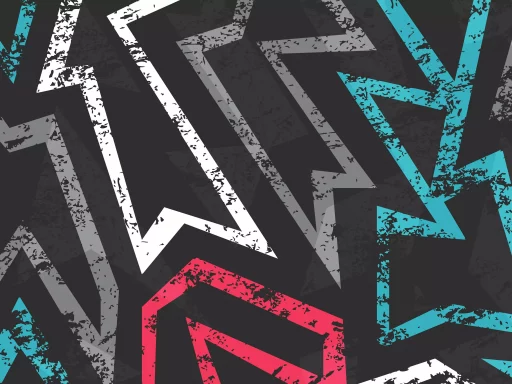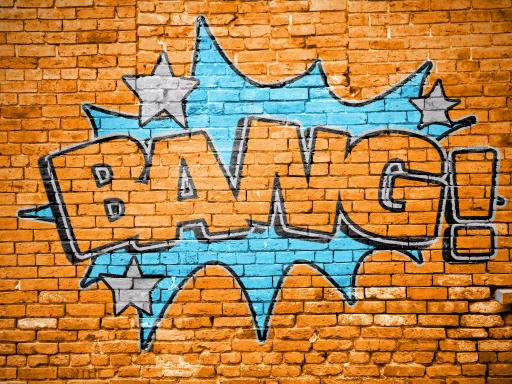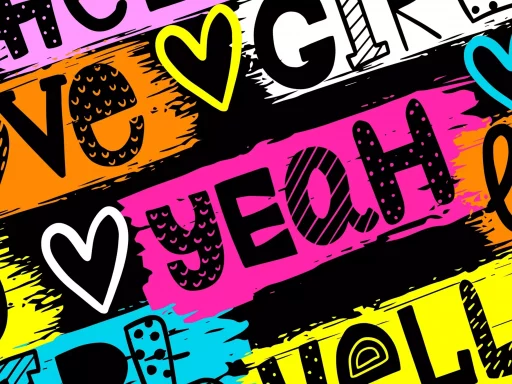Introduction to Slang and Its Evolution
Language is constantly evolving, and no part of it reflects that evolution more vividly than slang. Slang refers to informal words and expressions that are typically used in spoken language or in casual contexts. It is often specific to particular groups—such as age demographics, geographical locations, or cultural backgrounds—and serves to create identity and solidarity.
The Nature of Slang: Characteristics and Functions
Slang can serve multiple purposes:
- Identity Formation: Slang allows groups to establish their unique identity. Teenagers often use slang to differentiate themselves from older generations.
- Social Bonding: Sharing slang can help foster a sense of belonging among peers.
- Creativity and Playfulness: Many slang terms emerge from playful adaptations of existing words or phrases.
- Exclusivity: Slang can create an in-group language, making it challenging for outsiders to understand.
Examples of Contemporary Slang
Slang evolves rapidly, making it a fascinating area of study. Here are some current examples:
- Lit: Originally used to describe something that is intoxicated, it’s now often used to indicate something that is exciting or excellent. Example: “This party is lit!”
- Flex: To show off, often in a boastful manner. Example: “He loves to flex his new sports car on Instagram.”
- GOAT: An acronym for ‘Greatest Of All Time’, used to describe someone who excels in a specific field. Example: “Michael Jordan is the GOAT of basketball.”
- Slay: To do something exceptionally well, often used in the context of fashion or performance. Example: “She slayed that performance!”
Case Study: The Impact of Social Media on Slang
Social media has profoundly influenced the development and dissemination of slang. Platforms like TikTok, Twitter, and Instagram serve as breeding grounds for new terms and phrases. A notable example is the word “Cap” which means a lie. The term gained traction when TikTok users began using it in various challenges and dialogues.
According to a 2021 study, 70% of teenagers reported using slang they learned from social media, highlighting the platform’s role in shaping modern language. This rapid evolution proves that slang is not just a localized phenomenon but a global trend, underscoring the youthful vibrance of online communities.
The Role of Slang in Pop Culture
Slang has also permeated pop culture, particularly through music and television. Hip-hop and R&B artists frequently introduce new slang terms that make their way into broader culture. For example, the term “Woke,” which originated within African American communities to describe awareness of social injustices, has extended into mainstream discourse.
A survey conducted by the Pew Research Center found that 55% of young adults use slang derived from music lyrics in daily conversations, illustrating the strong tie between popular culture and language.
Challenges and Criticisms of Slang Usage
While slang can enrich language, it also faces criticism. Some argue that an overreliance on slang can lead to a dilution of language quality. Moreover, slang can create misunderstandings across different cultures. Terms like “bae” (before anyone else) may be well understood in one demographic yet confusing in another.
The dynamic nature of slang can also be overwhelming; a term that is popular one year may become obsolete the next. A 2020 linguistic report found that 76% of parents felt out of touch with their children’s slang, indicating a generational gap in understanding.
Conclusion: Embracing the Future of Slang
Slang is an integral part of our evolving language landscape. As global communication increasingly occurs through digital platforms, the evolution of slang will continue to accelerate. Whether you love it or hate it, there’s no denying the impact slang has had on our language and culture.
Understanding and embracing slang can bridge cultural gaps, foster better communication, and foster inclusivity across diverse groups. As we move forward, monitoring these shifts in language will prove essential for educators, communicators, and individuals alike.






